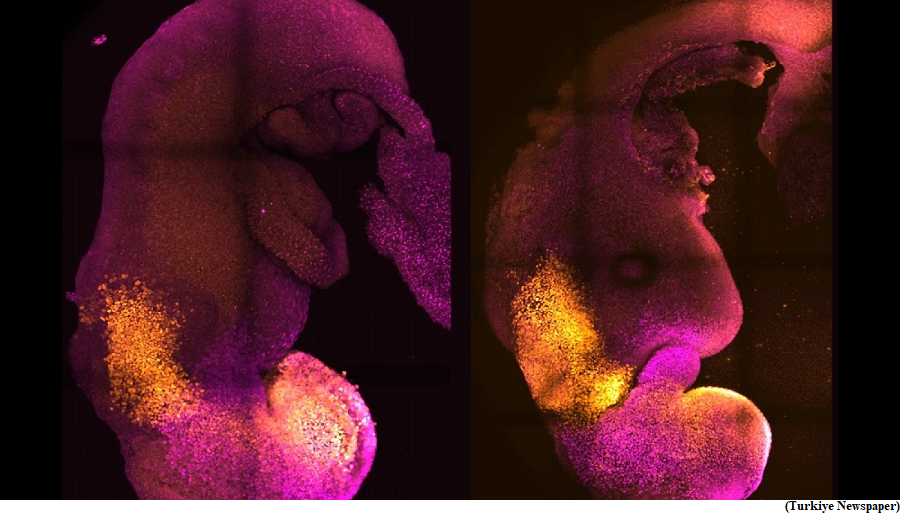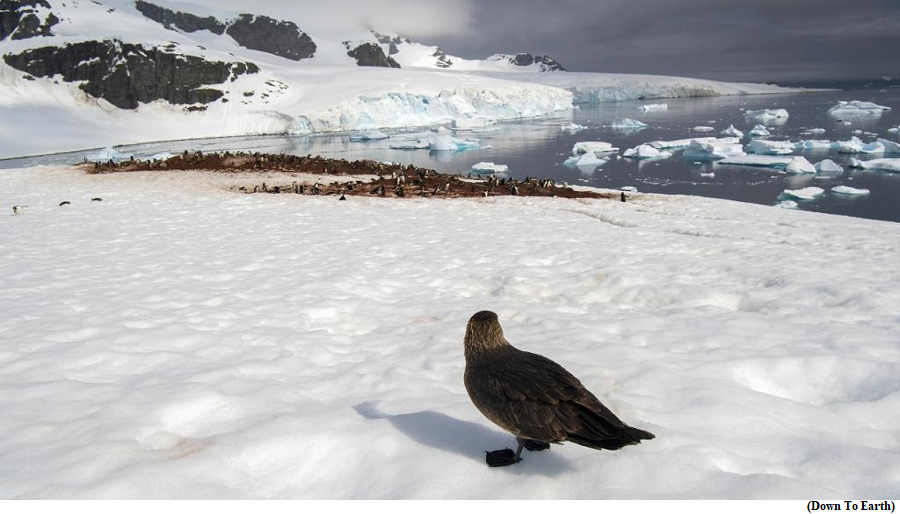Exercise KAZIND 2023 (GS paper 3, Defence)

Why in news?
- Indian Army and Indian Air Force contingent comprising 120 personnel departed for Kazakhstan to take part in the 7th edition of Joint Military ‘Exercise KAZIND-2023’.
- The Exercise will be conducted at Otar, Kazakhstan from 30th October to 11th November 2023.
About Exercise KAZIND:
- The Joint Exercise between India and Kazakhstan was instituted as ‘Exercise PRABAL DOSTYK’ in the year 2016.
- After the second edition, the Exercise was upgraded to a company-level exercise and renamed as ‘Exercise KAZIND’.
- The Exercise has been further upgraded as a Bi-service Exercise this year by including the Air Force component.
Key Highlights:
- In this edition of the Exercise, both sides will practice conduct of Counter Terrorism operations in a sub-conventional environment under United Nations mandate.
- The contingents will jointly rehearse various tactical drills to include Raid, Search and Destroy Operations, Small Team Insertion and Extraction Operations etc. The scope of the Exercise also includes conduct of Counter Unmanned Aerial System Operations.
- ‘Exercise KAZIND-2023’ will provide an opportunity for both sides to gain an insight into the tactics, battle drills and procedures of each other, which is a prerequisite while operating under the ambit of the United Nations.
- The joint training will develop the necessary skills, resilience and coordination to conduct joint military operations in Semi-Urban and Urban environments.
Way Forward:
- The Exercise will provide an opportunity for the contingents to exchange views and share the best practices. ‘Exercise KAZIND-2023’ will further strengthen the bond between the two armies.
Scientists grow mouse embryos in space
(GS paper 3, Science and Technology)
Context:
- The study was initiated with the extraction of early two-cell stage embryos from pregnant mice, which were then frozen and transported to the ISS aboard a SpaceX rocket launched from Florida in August 2021.
- This research, led by Professor Teruhiko Wakayama of the University of Yamanashi in Japan, aims to explore the feasibility of human reproduction in space.

How the experiment was conducted?
- The embryos were stored in specially designed devices that allowed astronauts to thaw and culture them easily. After four days, the embryos were chemically preserved and returned to Earth.
- The four-day cultivation period was determined by the fact that embryos can only survive outside a uterus for this duration.
- Upon their return, the team examined the embryos to assess whether their development had been impacted by the higher radiation and low gravity, or microgravity, conditions in space.
Key observations:
- Contrary to expectations, the embryos showed no signs of DNA damage from radiation exposure, likely due to their short stay in space.
- They also exhibited normal structural development, including differentiation into two groups of cells that form the fetus and placenta.
- This finding is particularly significant as it was previously believed that microgravity could hinder the ability of embryos to separate into these two different cell types.
- While it remains uncertain whether later stages of embryo development would be disrupted in space, previous studies involving pregnant rats sent on NASA spaceflights suggest that normal development is possible.
- These rats gave birth to pups of typical weight upon their return to Earth, indicating normal development during their gestation in space.
What’s next?
- They now plans to test whether mouse embryos that have been sent to the ISS and then returned to Earth can implant in female mice and develop into healthy offspring.
- This will provide further insights into the viability of embryos exposed to space radiation and microgravity.
- The researchers also intend to explore whether mouse sperm and eggs sent to the ISS can be used to create embryos via in-vitro fertilization (IVF) in space.
First cases of avian flu found in Antarctic region
(GS paper 3, Environment)
Why in news?
- Scientists have detected the presence of avian flu for the first time in the Antarctic region, raising concerns for remote populations of penguins and seals.

Details:
- The findings by researchers from the British Antarctic Survey (BAS) followed reports of several “potentially symptomatic birds and unexplained mortality” and further tests confirmed the presence of Highly Pathogenic Avian Influence (HPAI).
- The HPAI was detected in brown skua (a predatory seabird) populations on Bird Island, South Georgia, making it the first known case in the Antarctic region.
Key Highlights:
- The malaise had possibly reached the region from South America.
- Based on trends observed in Europe, North America and South Africa, scientists fear HPAI may lead to a decline in the breeding populations of vulnerable fragile wildlife residing in the region.
- The viral disease HPIA or avian influenza, especially the H5 and H7 strains, mostly affects birds. These strains are highly pathogenic and have been reported in domestic poultry, resulting in high mortality if they manage to reach wild bird populations.
- The virus is known to spread among birds and mammals due to predators and scavengers feeding on infected birds. In recent cases, marine mammals have also been found to be infected.
Ongoing outbreak of HPAI H5N1:
- The ongoing outbreak of HPAI H5N1 was first reported in 2022. The scientists stated in the report that in July 2022, outbreaks were reported in the Northern Hemisphere’s wildlife, especially seabirds. This heightened fears that the pestilence might spread to Southern Ocean seabird populations as well.
- In 2022 and 2023, HPAI H5N1 spread rapidly in South America. Fears regarding southern birds came true when a team from the Antarctic Wildlife Health Network investigated and found the infection had spread in the Antarctic and sub-Antarctic region.
- In 2022, the virus spread along the Pacific coast of South America, affecting populations in Peru and Chile.
- It travelled 6,000 kilometres towards the continent’s southernmost tip in three months, impacting 500,000 seabirds. It also caused significant outbreaks in marine mammals, leading to the deaths of 20,000 South American sea lions.
Risk assessment:
- According to the researchers’ risk assessment, the most threatened avian group are gulls and skuas. They are followed by birds of prey such as hawks and caracaras, terns and shorebirds.
- Among marine mammals, fur seals and sea lions are reportedly most vulnerable, followed by southern elephant seals and dolphins.
- The researchers also found that, “sub-Antarctic slands between southernmost tip of South America and the Antarctic Peninsula with the Falkland Islands are at most risk.” The risks are significantly high due to the presence of other vulnerable wildlife groups.




